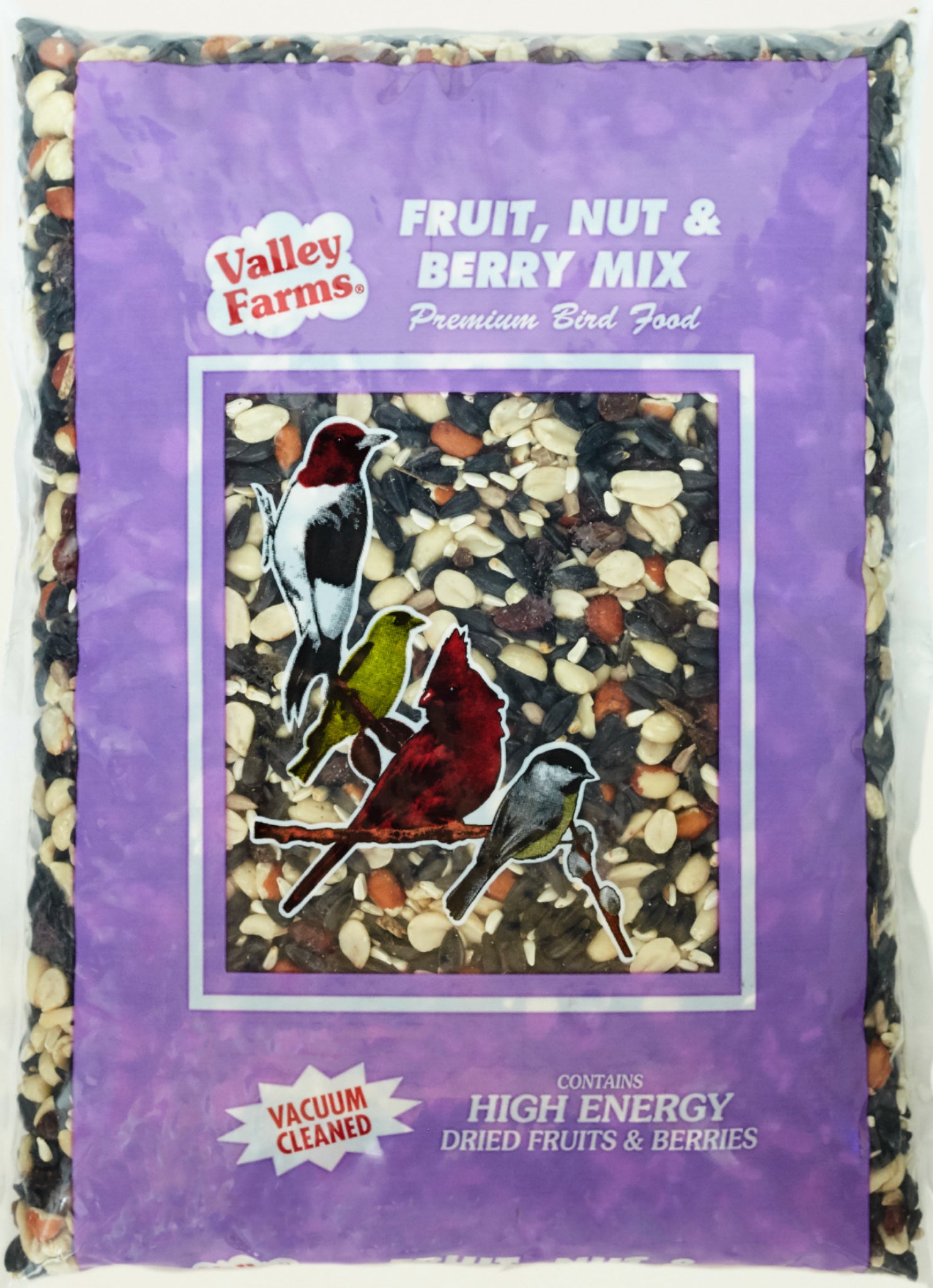
Wild Bird Feature: Cedar Waxwings and Bohemian Waxwings
Share
What to Know About Waxwings (Bombycillidae)
Mid-sized, social, and symbolic of the need for change, Waxwings are a unique wild bird species. Two types of Waxwings can be found in North America: The Cedar Waxwing and The Bohemian Waxwing. Known for being fruit-lovers, Waxwings tend to travel in large flocks all year-round. Learn about the two main types of Waxwings, the origin of their name, and tips on how to spot them.

Why the Name Waxwing?
The name is rather self-explanatory and comes from the waxy secretions found on the secondaries (inner wing feathers) of Waxwings. Some people think this helps attract mates, but how it does so is unknown.

Cedar Waxwing (Bombycilla cedrorum)
The range of the Cedar Waxwing spans from Canada through the US all the way into Mexico and south into Panama and northern Columbia in the winter months. These medium-sized songbirds are known for having slender builds, black masks, and bright yellow tail tips. In the autumn in particular, Cedar Waxings gather by the hundreds to feast on berries. In the summer, they can be found flying over rivers looking for flying insects.

You are What You Eat
These birds are evidence that you are what you eat. While Cedar Waxwings start out with yellow tail tips, some display an orange hue, which is an indication that they’ve been indulging in honeysuckle berries. That said, the Cedar Waxwing is one of the few North American bird species that primarily relies on eating fruit. It can survive on only fruit for up to months at a time. While most frugivore birds separate out the seeds and regurgitate them, Cedar Waxwings let them pass through their digestive systems.

Bohemian Waxwing (Bombycilla garrulus)
Also located in northwestern regions of North America, as well as eastern Canada and northern US on occasion, the Bohemian Waxwing is the most widespread of all the Waxwing species. In addition to its presence in North America, this bird can also be found in Europe and Asia. The challenge with them is actually in their name, which they have earned for their vagabond-like nature. Constant travel makes a Bohemian Waxwing sighting a bit unpredictable. The best chance you’ll have at finding them is during migration and winter (September to March), when they travel from Northern US and Canada and venture south.
A bit larger than their Cedar Waxwing counterparts, Bohemian Waxwings display a spiky crest and peach blush hue on the face. They have rusty red feathers under their tails and white marks on their wings. Similar to their Cedar cousins, Bohemian Waxwings’ favorite food is berries.

How to Attract Waxwings
Waxwings of all varieties love fruit and while they will eat many different types, their preference is toward small berries. To encourage them to your backyard, plant native trees and shrubs that bear small fruit. The best trees and shrubs for Waxwings include Blackberry, Blueberry, Cedar, Cherry, Dogwood, Elderberry, Hawthorn, Holly, Juniper, Mulberry, and Winterberry.
It is true that Waxwings are not prone to visiting bird feeders, but that doesn’t mean they don’t need to supplement their diets with seeds and insects on occasion. Filling platform or tray feeders with cranberries, raisins, chopped grapes, small apple chunks, and mealworms could be all the encouragement these birds need to visit your yard. Additionally, adding bird food for Waxwings like grape jelly and oranges to your feeders could entice them to spend some extra time with you.
Bluebird & Oriole Buffet Bird Feeder
$22.80
ASPEN SONG DRIED MEALWORMS 1LB.
$21.40
Valley Farms Fruit Nut & Berry Wild Bird Food
$18.40
Find the bird feeders, supplies, and sustenance you need to keep Cedar and Bohemian Waxwings happy no matter the season when you shop at Valley Farms ®!



